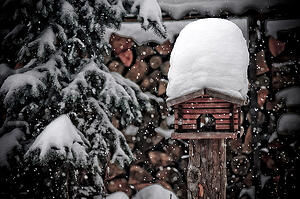 It looks like we're in for quite a winter this year. And with low temperatures comes high utility bills.
It looks like we're in for quite a winter this year. And with low temperatures comes high utility bills.
Here's a few tricks to keep your Northern Virginia and Maryland homes warm without breaking the bank.
1. Weather Strip Your Doors
Cold air will find its way in to your home through the gap under your exterior doors. To cut down on energy loss in this area, Northern Virginia and Maryland home repair specialists recommend using weather strips, which are easy to install, inexpensive and can make a big difference on your gas bill.
2. Seal Baseboards and Caulk Windows
Just as exterior door gaps can let in the winter air, so can windows and baseboards that aren’t properly sealed. Take the time to caulk around both to seal the heat in and keep the cold out.
3. Mind Your Water Heater, Ducts, Pipes and Filters
Many homeowners only consider tackling the cold from the outside, but inside projects like wrapping the water heater and ducts and insulating the pipes will ensure that heat isn’t being dispensed before it even gets into your home. Replace filters for optimal airflow while also drastically saving on energy.
4. Replace Old Thermostats
Thermostats have come a long way in the last ten years. If you’re still using an outdated model, it’s time to switch it up for the newer, high-tech, smart thermostats. New-age thermostats allow for smart settings that adjust your homes temperature according to habit, like lowering the setting to 55 degrees when you leave for work. By lowering the temps during the day when you aren’t home, you could save hundreds of dollars a year.
5. Keep Your Thermostat Set at 68 Degrees
Northern Virginia and Maryland home repair specialists will tell you that, for every degree you lower your thermostat between 60 and 70 degrees, you’re saving up to 5% on the gas bill. Pull out the winter wardrobe and shrink your gas consumption. Every degree helps!
6. Set Your Water Heater To Its Normal Setting
120 degrees Fahrenheit is the standard temperature. When dishwashers, washing machines and showers are kept at this range, home owners can save as much as 7 to 11% of water heating costs.
7. Replace Old Appliances
Look for appliances with an ENERGY STAR logo. These products are designed to work more efficiently and require less energy to do so, saving you big bucks in the end.
8. Reverse Ceiling Fans
Reversing your ceiling fans will pull warmer air up toward the ceiling and will prevent ice dams from forming on your roofing system.
9. Repair Damaged and Missing Shingles
Your roofing system not only protects the exterior of your home from the elements, but it insulates as well. Hire a home repair specialist to closely inspect your roof and resolve issues that could cause unwanted heat and cold air transfer.
10. Buy a Humidifier
During the winter months, air becomes very dry inside your home. By using a humidifier, you’ll feel warmer even when the thermostat is set to a lower temperature because moisture holds heat.
11. Insulate Outlets
Northern Virginia and Maryland home repair experts recommend placing foam insulation gaskets behind your electrical outlets and switch plate covers, as this is another place that cold air can find its way through.
12. Place Plastic Film Over Windows
If your windows are old and have cracked seals or thin panels of glass, you’re likely losing the bulk of your heat there. It’s literally like throwing your money out the window. For a quick fix, cover each window with plastic film to help keep the cold out.
13. Replace Windows
Better yet, keep the cold out and increase your home value at the same time. Contact a Northern Virginia or Maryland home repair specialist to inspect and recommend a new window type. Windows that possess triple pane gas filled technology will eliminate the need for tacky plastic wrapping by reducing convection currents inside the glass to decrease heat transfer between the interior and exterior of your home.
14. Use the Sun
Even in the winter months, the sun is a powerful provider of heat. Open south-facing window blinds and curtains during the day to let that sun in. Its rays will help to heat the air inside of your home. At night, close window treatments to keep the heat in.
15. Close Up Your Fireplace
Traditional fireplaces fuel fire by sucking the warm air out of your home through the chimney. When this occurs, your furnace will kick in to compensate for the loss. Ergo, while enjoying a fire, cozy up and turn down your furnace. When your fireplace is not in use, be sure to shut the flue tightly to reduce drafting.
16. Repair and Replace Siding
Like your roofing system, your siding also serves two purposes – protection and insulation. Siding repair in Northern Virginia and Maryland is an important step before the winter hits. Do a thorough screening of your home exterior to identify any damaged or missing siding. The cold could be penetrating your house from these weak and damaged sections.
17. Invest In New Siding
If you find that your siding is in poor condition, scrap it for a new and energy efficient siding. Hire a Northern Virginia or a Maryland siding repair specialist to install and choose from a variety of options, like insulated vinyl siding, which is comparable in price to standard siding material but provides greater insulation.
18. Replace Faucets and Toilets with Low Flow Aerators
New-age faucets reduce water consumption by aerating the water so you still feel like your using the same amount when, in actuality, the water is just infused with more air. Utility bills can save up to 40% and you can still enjoy plenty of hot water.
19. Insulate Your Attic
You want at least 8-12 inches of insulation to keep heat from escaping through your ceiling. If your insulation is old and compressed, it’s time to replace it.
20. Install Radiant Flooring
Take some of the heat off your gas bill by installing radiant flooring beneath tile and hard wood surfaces. Electric coils heat hard floor surfaces while the floor material holds the heat. Your toasty toes will thank you!
Put these insulating winter tips to good use and watch your savings grow. The best place to start is outside, where heat is most likely to escape and cold is most likely to creep in. From there, work your way in. For large-scale or complex projects be sure to enlist the help of your Northern Virginia and Maryland home specialists.
Image Credit: flavijus


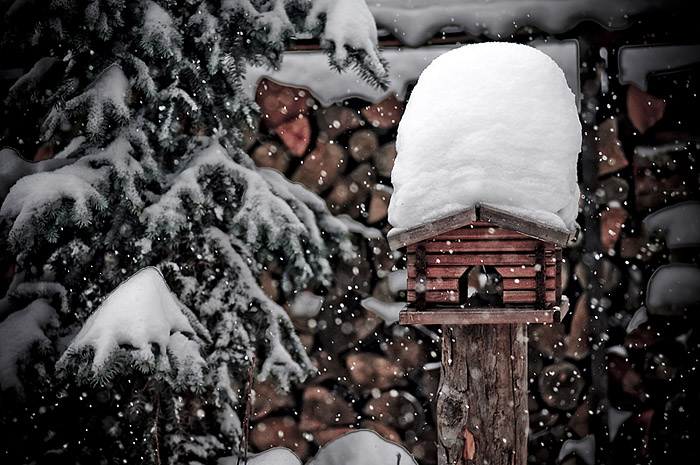




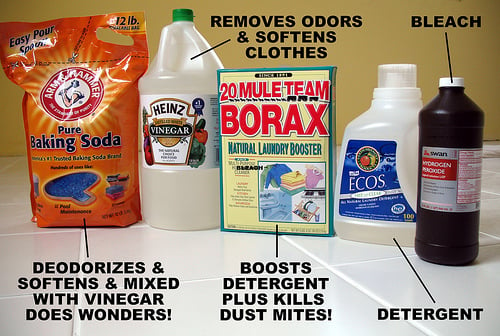
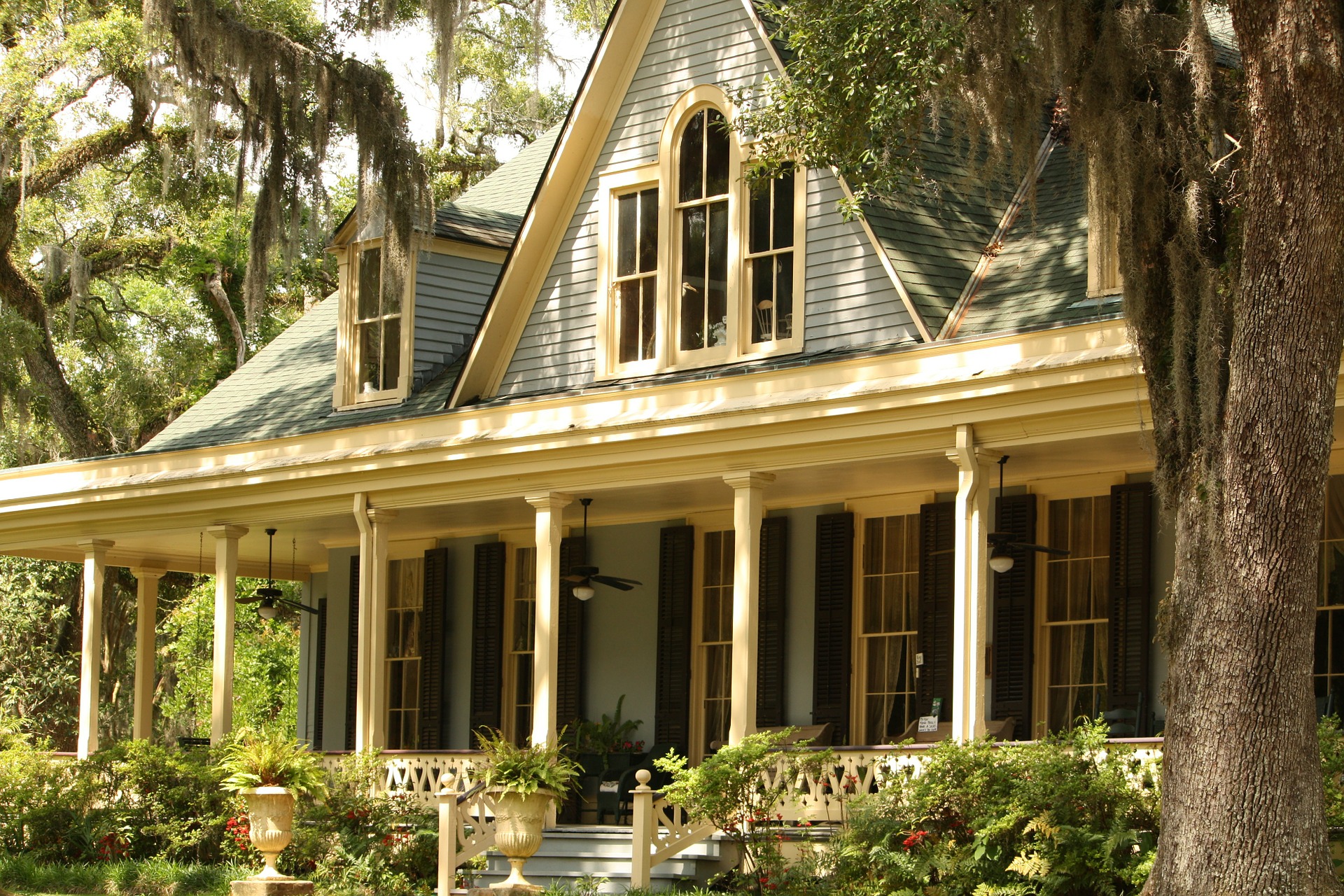
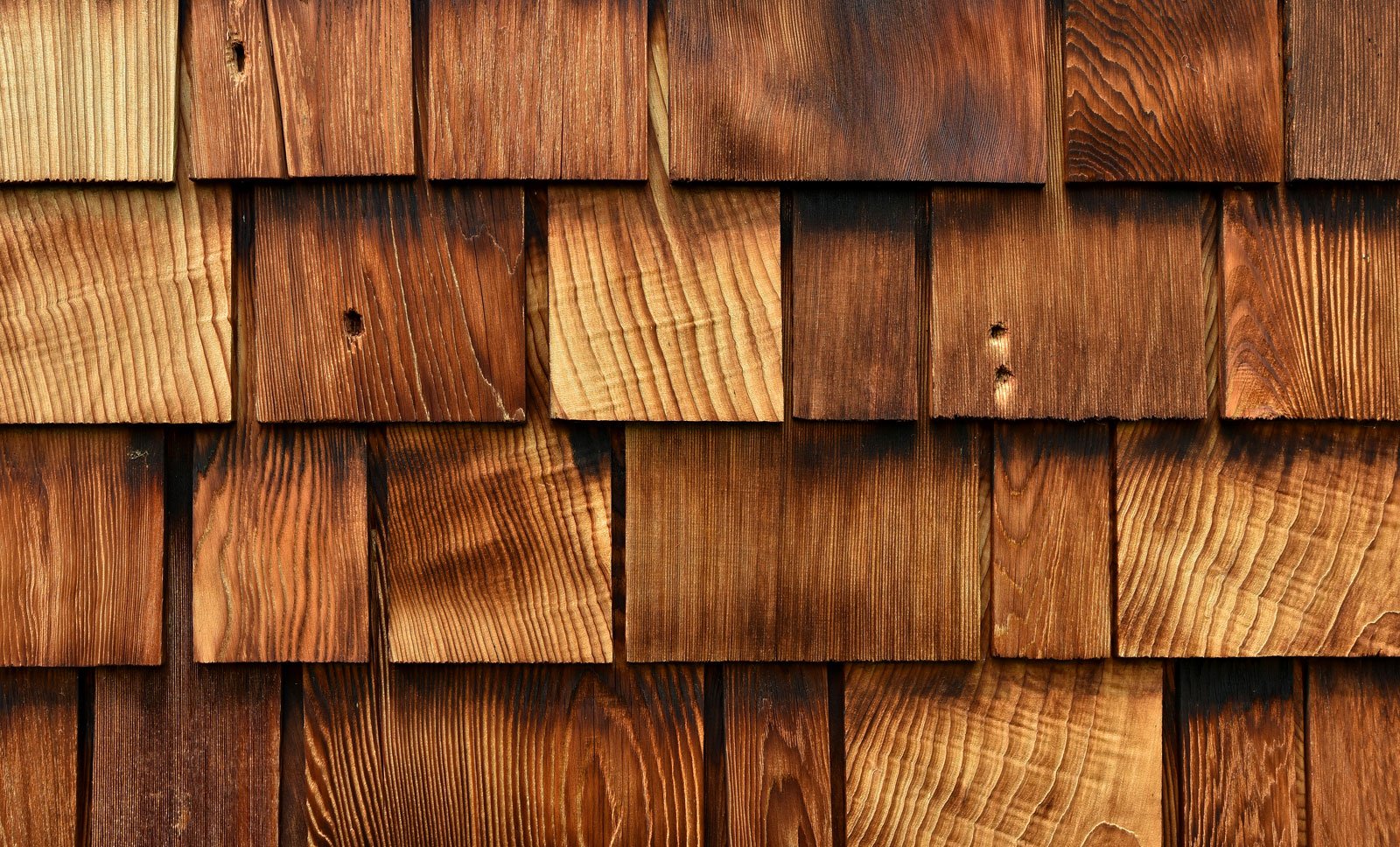


Comments